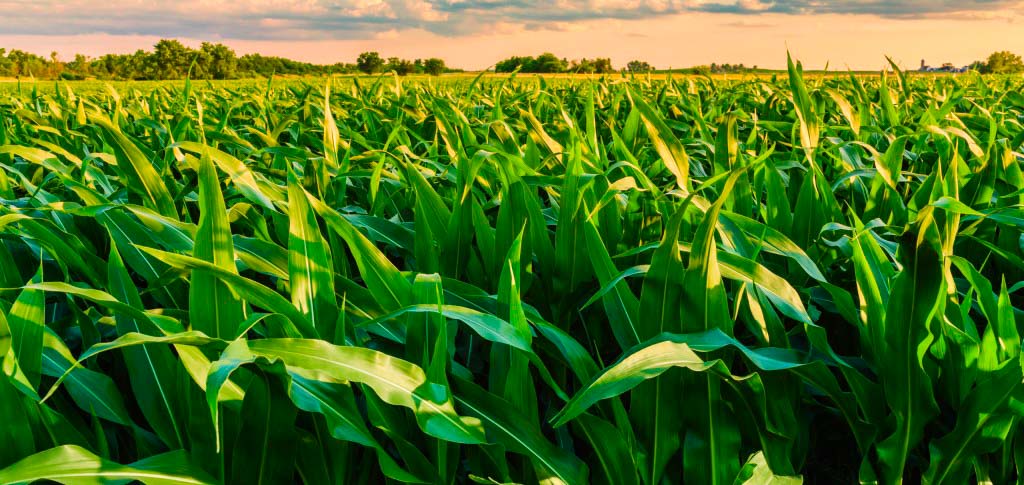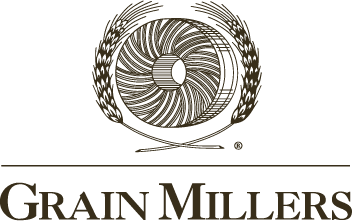Tips to Producing Food-Grade Corn, part 1 – Field and Seed Selection
December 21, 2018
The time is coming for corn producers to start thinking about seed selection for the 2019 harvest season. In January, Grain Millers will begin contracting for organic and Non-GMO corn, so we thought it would be useful to share some of the best tips from our crop specialists.
This will be a series on producing food-grade corn. Over the course of this series we will cover:
- Field and seed selection
- Disease identification, management, and prevention
- Corn harvest
- Drying, storage, and handling
Over the years we have been approached by growers asking what needs to be done to produce food-grade corn. In an effort to help growers meet the needs of corn and other grains, Grain Millers provides farmers complimentary access to our Crop Sciences group. This group is dedicated to helping farmers produce the best crop and ingredient of the greatest quality and quantity.
WHAT IS FOOD-GRADE CORN?
First things first, what is food-grade corn? Food-grade corn is corn destined to become an ingredient for human consumption. As food producers, it is important that we buy an ingredient and not a commodity – food-grade corn is produced in a different manner and has different characteristics than corn for animal feed. This corn must be high in hard endosperm content; high test weight; low moisture; contain minimal stress cracks; and be a clean, high-quality product. Food-grade corn farmers take great pride in knowing that their crops are going directly into the pantries of families across the world.
FIELD SELECTION FOR CORN
So how do you produce high-quality, hard-endosperm corn? Field selection is a critical first step for successful food-quality corn production. It is important to use fields with the proper crop rotation. Corn destined for food production should not be grown back-to-back with corn or other small grains that may harbor critical mycotoxins. It is best to grow food-quality corn on fields where legumes or cover crops were previously grown.
Get to know your neighbors and crop rotation plans for their fields that will be near your production fields of food-quality corn. To help protect maximum potential hybrid purity and final food-corn quality, it is important to know what neighboring fields will be producing in order to plan field isolation. (This will be discussed in more detail in a future post.)
CORN SEED SELECTION
Selecting high-quality seed is important for producing any crop. When looking at selecting seed for food production, a few factors become important for success. Proper selection starts by using the right hybrid for your field choice. Use Grain Millers’ 2019 Corn Hybrid List to narrow down hybrids that are high in hard endosperm content and have both good agronomics and superior milling traits. According to our research, these hybrids have strong agronomic traits and produce high yields, while also performing well at our Marion, Indiana corn mill.
We encourage growers to discuss these hybrids with seed company representatives (contacts here) to best match the agronomics of a food-quality hybrid for your field choice and production/management practices.
GMO CONTAMINATION IN CORN SEED
If the corn that is being produced for food quality is Non-GMO or organic, growers must be aware of the possibility of GMO contamination. As a Non-GMO Project Verified miller, Grain Millers has a .9% limit on GMO contamination. To help reduce the risk of high GMO contamination, be sure to select seed that has been tested for the adventitious presence of GMO traits. Zero or low GMO contamination in the seed is needed to provide a product that can be used in the food industry.
Talk with your seed dealer for more information on their testing procedures for seed corn and inquire to see if they have conducted GMO testing on seed lots of hybrids that you are interested in purchasing (contacts here).
If questions arise during your process, be sure to contact your Grain Millers representative – we are here to help!
Be sure to check out part 2, which covers Corn Disease Identification, Management & Prevention.

